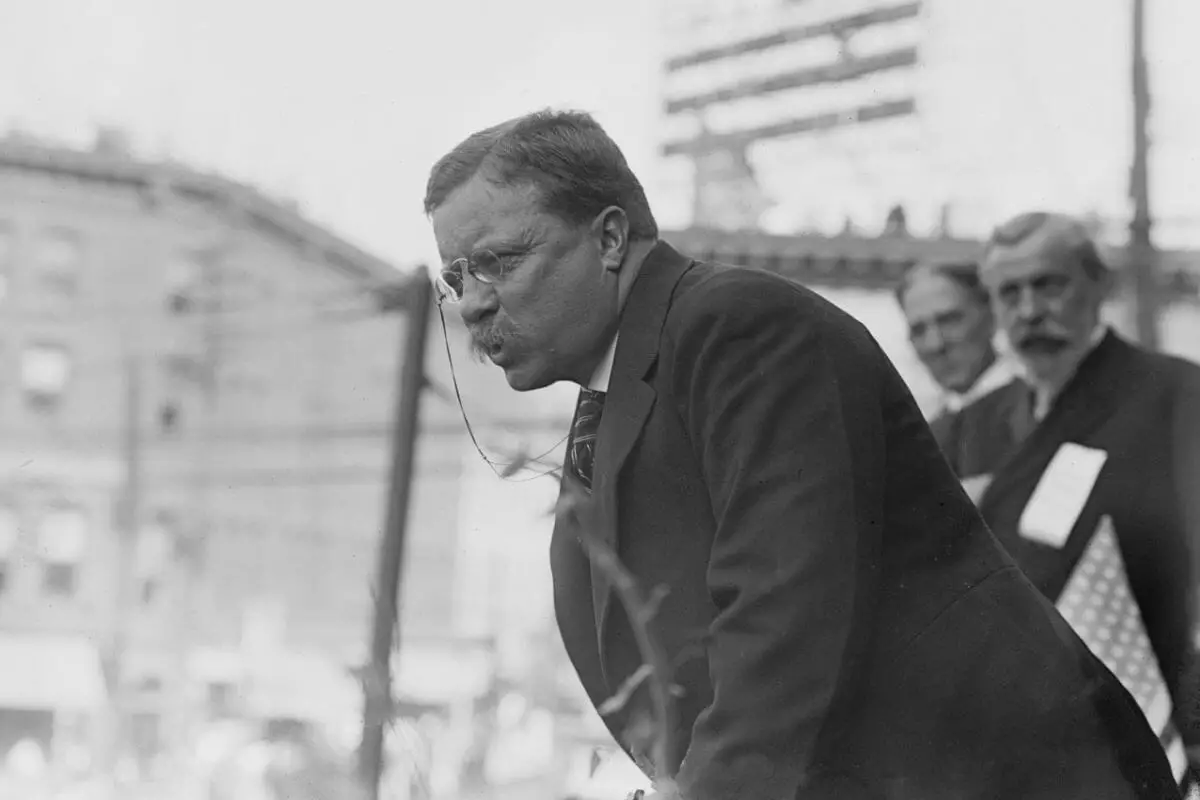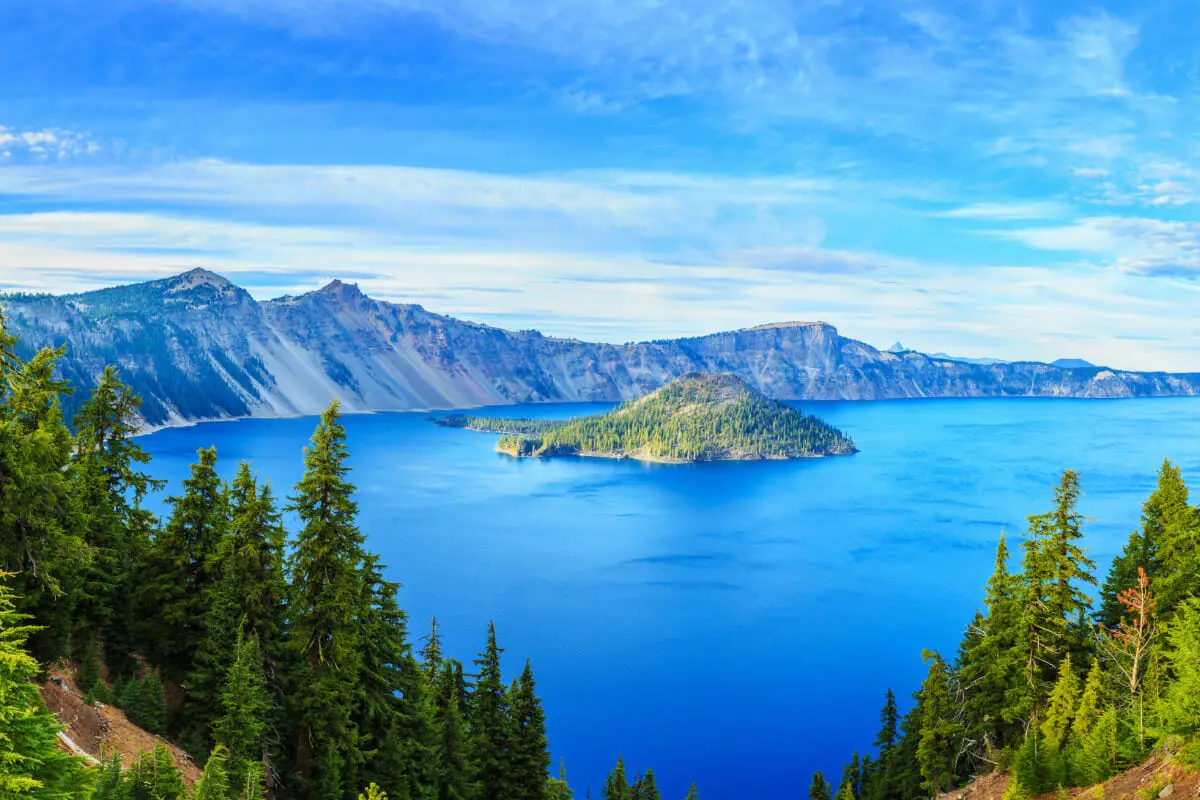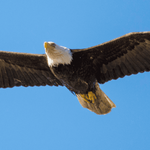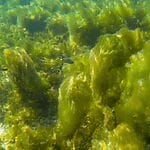Of all the presidents of the United States, no one has had a wider impact on conservation than Theodore Roosevelt. Despite being born in New York City, Theodore Roosevelt was known for his passion for the outdoors, despite his once sickly nature as a child.

This passion continued into adulthood, and became a major part of his presidency. In this article, we’ll be taking a closer look at Theodore Roosevelt’s passion for the outdoors and conservation of wildlife(see also: Wildlife Conservation Officer: Roles And Responsibilities).
After all, it is thanks to Roosevelt that we have the National Parks, and several bird reservations to protect national wildlife. But first, let’s delve further into Roosevelt’s own love for the outdoors.
Theodore Roosevelt’s Passion For The Outdoors
Theodore Roosevelt was a sickly child, but he loved to explore the outdoors. He enjoyed hiking, rowing, riding, bird-watching, hunting, and was also fond of taxidermy. His home was filled with specimens he collected, and he also had a vast insect collection too.
He had a great respect for nature and the outdoors, and wanted to protect the environment so that it would continue to thrive for generations.
Roosevelt wrote many speeches surrounding his love for nature, and he believed that it should be a feature passed down for the next generation, so they too could appreciate it.
Theodore Roosevelt And Conservation
Seeing Roosevelt’s passion for the outdoors, it’s no wonder that he became known as the conservationist president. Despite being a passionate and successful hunter, he often lamented how species and habitats were being lost.
Due to the lack of bison, elk, bighorn sheep and other game, he was unimpressed with how society viewed hunting. Therefore, conservation became a significant concern for Roosevelt.
After he became president in 1901, Roosevelt used his authority to help the protection of wildlife and public lands. This led to the creation of the United States Forest Service.
The U.S.F.S. and Roosevelt established 150 national forests, 51 federal bird reserves, four national game reserves, five national parks, and 18 national monuments.
Seeing all that Theodore Roosevelt did for conservation, he has had six national parks named after him. He has managed to protect over 230 million acres of public land, with 150 million acres being used for national forests.
He hoped to protect the forests so they could continue to be used in a sustainable manner.
National Parks Established By Theodore Roosevelt
The National Park Service was established 15 years after Roosevelt left office, but that doesn’t mean that there weren’t national parks created during his time in office. Five national parks were established under Theodore Roosevelt:
Crater Lake National Park

Crater Lake was established in 1902, and is the fifth oldest national park in the United States. It’s the only national park to exist in Oregon, and encompasses the caldera of Crater Lake.
It is a remnant of Mount Mazama, which is a destroyed volcano, and is surrounded by a variety of hills and forests.
The park was established to preserve Crater Lake and the scenic landscapes that surround it, and the variety of volcanic features that can still be found there.
By preserving this area, people can appreciate the natural land surrounding the area, and be educated and inspired by it.
Wind Cave National Park
Founded after Crater Lake, in the year of 1903 by President Theodore Roosevelt, it is the first cave which has been designated as a national park.
It is the sixth national park found in the United States, and is notable for its distinct calcite formations, known as boxwork, and its frostwork.
It’s one of the densest cave systems in the world, and it’s also the seventh longest cave in the world, being the third longest in the United States. The cave was open for visitors in 1892, and the national park itself protects a diverse ecosystem.
There is a wide range of wildlife who live there, notably, the Wind Cave bison herd, which is one of the only free-roaming herds that are genetically pure. There are also two endangered species found here: the Black-footed ferret and the Whooping Crane.
Sully’s Hill
Roosevelt named Sully’s Hill as a national park in 1904, but national parks were not yet established in the United States at the time.
Sully’s Hill was transferred to management by the Fish and Wildlife Service where it became a wildlife refuge, and was one of the only National Parks to be disbanded.
In 2019, it was renamed to its original name: White Horse Hill, at the request of the Spirit Lake Tribal council.
The reason the name was changed was due to Sully’s Park being named after General Alfred Sully, who carried out several massacres such as at the Battle of Whitestone Hill. In order to offer more respect to the Dakota People, it was returned to its original name.
Platt National Park
Founded in 1906 as a National Park, it was named for the U.S. senator Orville H. Platt who introduced legislation to establish a Sulphur Springs Reservation.
He died a year prior to its renaming as Platt National Park, and it’s the seventh and smallest national park in the United States, as it only covers 91 acres of land.
It eventually combined with the Arbuckle Recreation Area in 1976, and together, they would create the Chickasaw National Recreation Area, which was named to honor the Chickasaw Nation.
Platt National Park is known for swimming, boating, fishing, and other recreational activities.
Mesa Verde National Park
Mesa Verde National Park is located in Colorado, being both a national park and a UNESCO World Heritage Site.
The park was established by Congress and Roosevelt in 1906, and it is home to the best-preserved Ancestral Puebloan archaeological sites in America. It is also adjoined with the Ute Mountain Tribal Park, which is east of the mountains.
There are many Ute cultural sites preserved around the area, and there have been some conflicts over who has the rights to the archaeological ruins found in Mesa Verde.
Bird And Game Reserves
Along with national parks, Theodore Roosevelt was a fan of game hunting and bird watching. He created over 50 federal bird reservations, as he could spend hours both studying and observing birds in their natural environment.
His love for birds was so well known, that the Theodore Roosevelt Sanctuary and Audubon Center was named after him when it was founded in 1923.
Their goal is to protect songbirds in their natural environments, and educate visitors on the numerous birds that they aim to protect. He protected many lands through executive orders, and ensured that many areas in the wilderness were protected.
Through this, over 200 million acres were protected, with his legacy continuing to this day.
Final Thoughts
Theodore Roosevelt protected a wide range of animals and habitats through his time in office, and continued his legacy after his presidency.
He became known as the conservationist president due to his love of the outdoors, which has been remembered fondly for generations.
Due to his executive orders, the nature that had already begun to dwindle can still be appreciated for future nature enthusiasts. Therefore, of all the presidents, it is Theodore Roosevelt who left behind such a lasting legacy.








